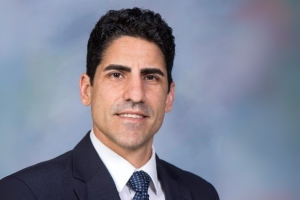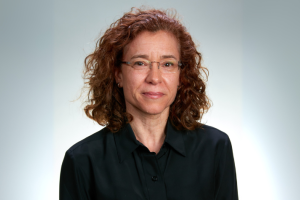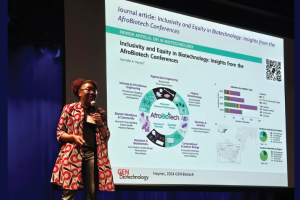
This year's Annual Meeting in Minneapolis boasts more than an eye-catching slate of talks on cutting-edge technologies and breakthroughs, more than a patient audience ready to learn, and more than great turnout from all professional sectors that touch chemical engineers. It has incorporated an outreach component designed to give back to the Meeting's host city and allow members to network with and meet new AIChE colleagues and friends. This year, AIChE's Environmental Division sponsored a service project to restore the natural habitat along the Mississippi National River and Recreational Corridor at Mill Ruins Park.
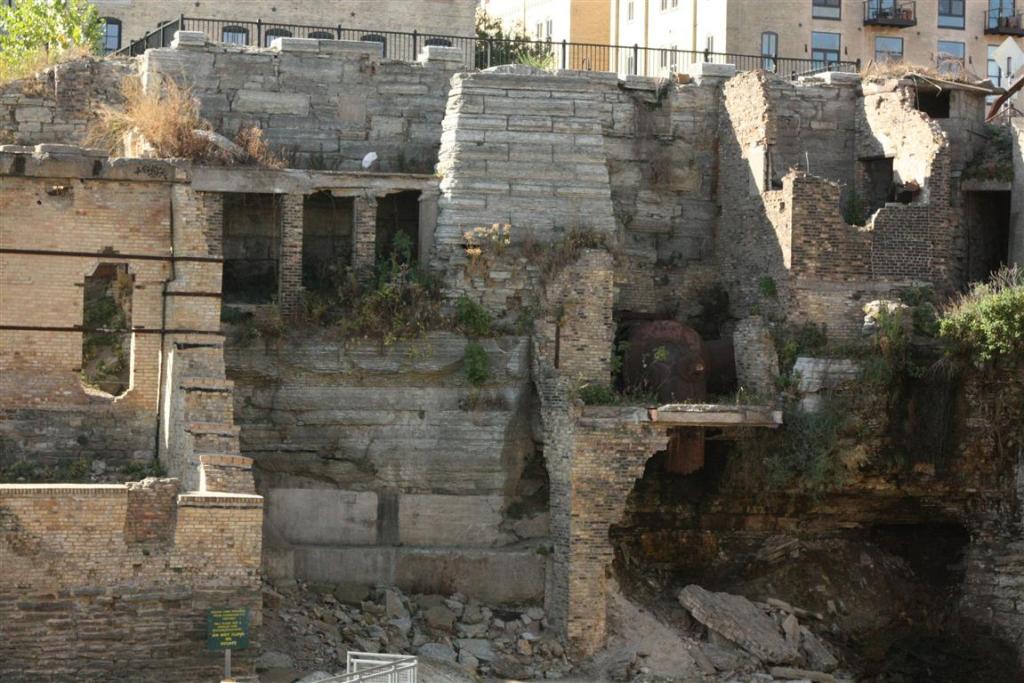 Ruins of flourmilling operations along the Mississippi River in Minneapolis. Photo courtesy of Drew McUsic.
Ruins of flourmilling operations along the Mississippi River in Minneapolis. Photo courtesy of Drew McUsic.
The project also featured a brief presentation by Gayle Prest, director of the City of Minneapolis' Office of Sustainability. Approximately 15 volunteers participated in the event, including both local members from the Upper Midwest and members who came from much farther, such as Washington State or Texas. All AIChE members were invited, and prospective or current Environmental Division members were encouraged to attend to meet fellow Division members and learn about other opportunities available for Division participation. Gayle offered insight on the slew of sustainability initiatives and honors that characterize Minneapolis' commitment to green practices, such as its designation as the second most bike-friendly city in the nation or the role of hydropower sourced from the Mississippi River, capable of generating up to 12 MW of power for the city. The convention center itself has over 2,600 solar panels, ranking in at the largest solar installation in the Upper Midwest! The Meeting venue is engaged in plenty of other environmental and ecological efforts that reflect the City's dedication to sustainability.
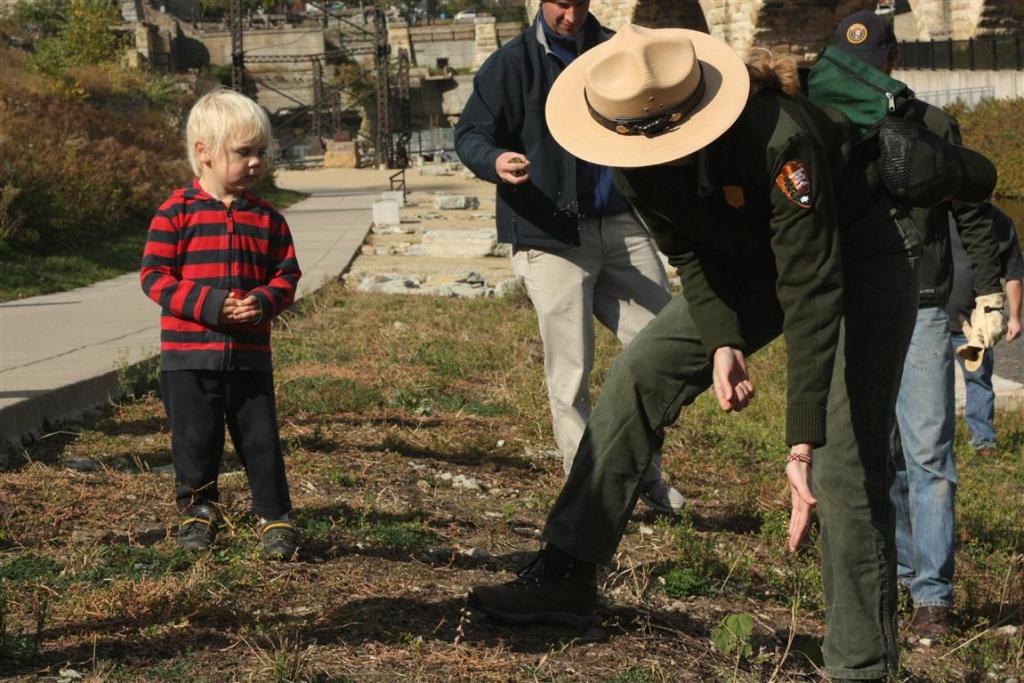 Park Ranger Sarah Keefer demonstrates seed broadcasting to AIChE. Photo courtesy of Drew McUsic.
Park Ranger Sarah Keefer demonstrates seed broadcasting to AIChE. Photo courtesy of Drew McUsic.
After Gayle's presentation, Rebecca Brown and Sarah Keefer, two interpretive rangers with the National Parks Service (NPS) chronicled the history of the tract of the river at Mill Ruins Park, from the origins and slow erosion of St. Anthony's Falls--which serves as the basis for the city of "Minnehaha," a Dakota word for "water falls"--to the ruins of the numerous flourmills located along the river that took advantage of the available water for milling. Today, visitors can enjoy the natural beauty of the river--a National Park that comprises a network of other parks--or visit the Mill City Museum (highly recommended by both Rebecca and Sarah).
Related articles
- Upload your 2011 AIChE Annual Videos (chenected.aiche.org)
Comments
- Log in to post comments
- Log in to post comments
- Log in to post comments
- Log in to post comments


